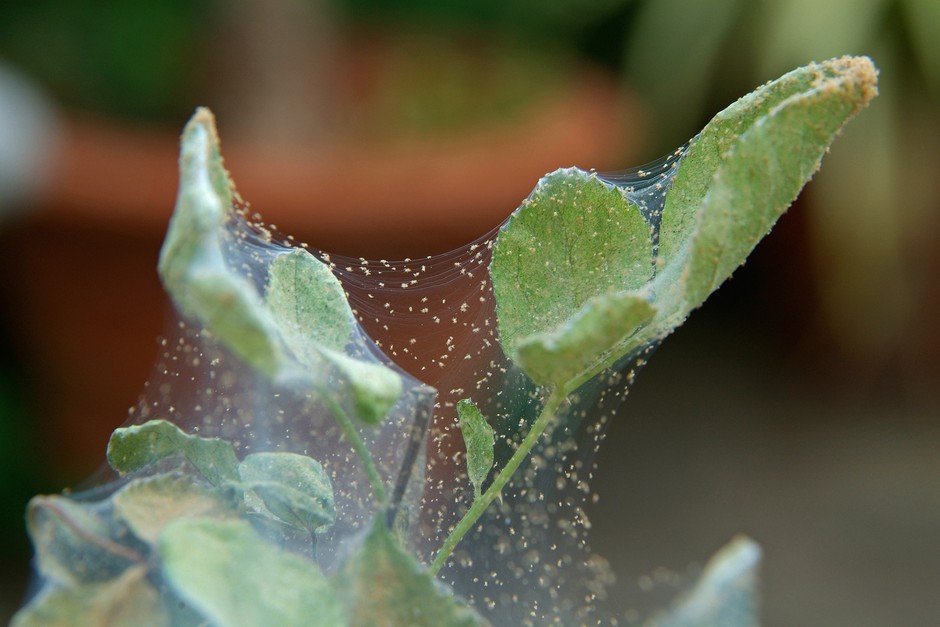Pests
How Do I Get Rid Of Spider Mites On Plants?
Spider mites are tiny pests that infest plants, identifiable by their webbing on plant leaves. They thrive in warm conditions and feed by sucking sap from leaves, causing yellow spots, leaf damage, and stunted growth. To manage spider mites, isolate infected plants, increase humidity, and apply organic miticides like neem oil or insecticidal soap. Regular inspection and maintaining a clean environment are crucial for prevention.
-
Isolate Infected Plants: Prevent the mites from spreading to other plants by isolating the affected ones immediately.
-
Wipe or Wash Off Mites: For light infestations, physically removing the mites can be effective. Use a damp cloth to gently wipe the leaves, or rinse the plant under a lukewarm shower, focusing on the undersides of leaves where mites congregate.
-
Increase Humidity: Spider mites thrive in dry conditions, so increasing humidity around your plants can help deter them. Use a humidifier, place water trays near your plants, or mist your plants regularly.
-
Use Insecticidal Soap or Neem Oil: Treat your plants with insecticidal soap or neem oil, following the product’s instructions. These natural solutions can kill spider mites on contact without harming your plant. Make sure to cover all surfaces of the plant, especially the undersides of leaves.
-
Introduce Predatory Mites: Biological control through predatory mites that feed on spider mites can be an effective and environmentally friendly solution, especially in greenhouses.
-
Apply Diatomaceous Earth: For non-plant surfaces around your grow area, diatomaceous earth can act as a deterrent for spider mites. It’s a natural powder that can dehydrate and kill mites without using chemicals.
-
Prune Heavily Infested Areas: If certain parts of the plant are heavily infested, pruning and disposing of these areas can help reduce the mite population and prevent further spread.
-
Maintain Plant Health: Healthy plants are less susceptible to pest infestations. Ensure your plants are well-watered (according to their specific needs) and properly fertilized.
-
Regular Monitoring: After treatment, continue to check your plants regularly for signs of spider mite activity. Repeat treatments may be necessary to completely eradicate the mites.
Remember, spider mites reproduce quickly, so prompt and consistent action is necessary to control and eliminate them. It’s also essential to follow up with preventive measures to keep your plants healthy and resistant to future infestations.
We usually recommend Dr Hydro Spidermite, which is an all-natural product.

